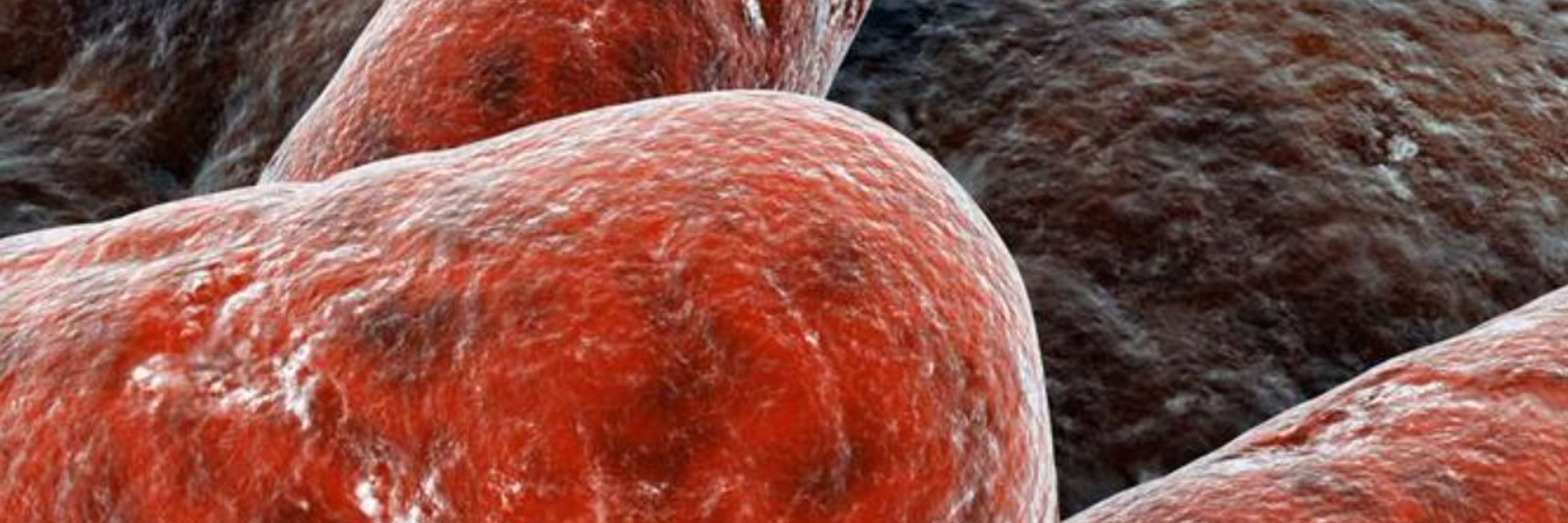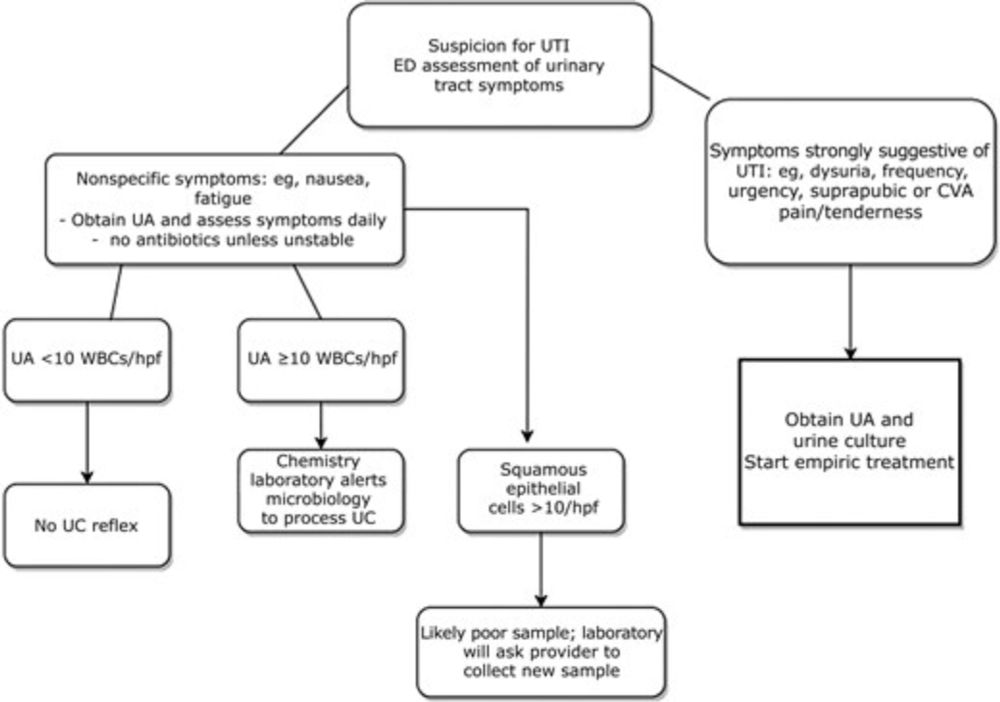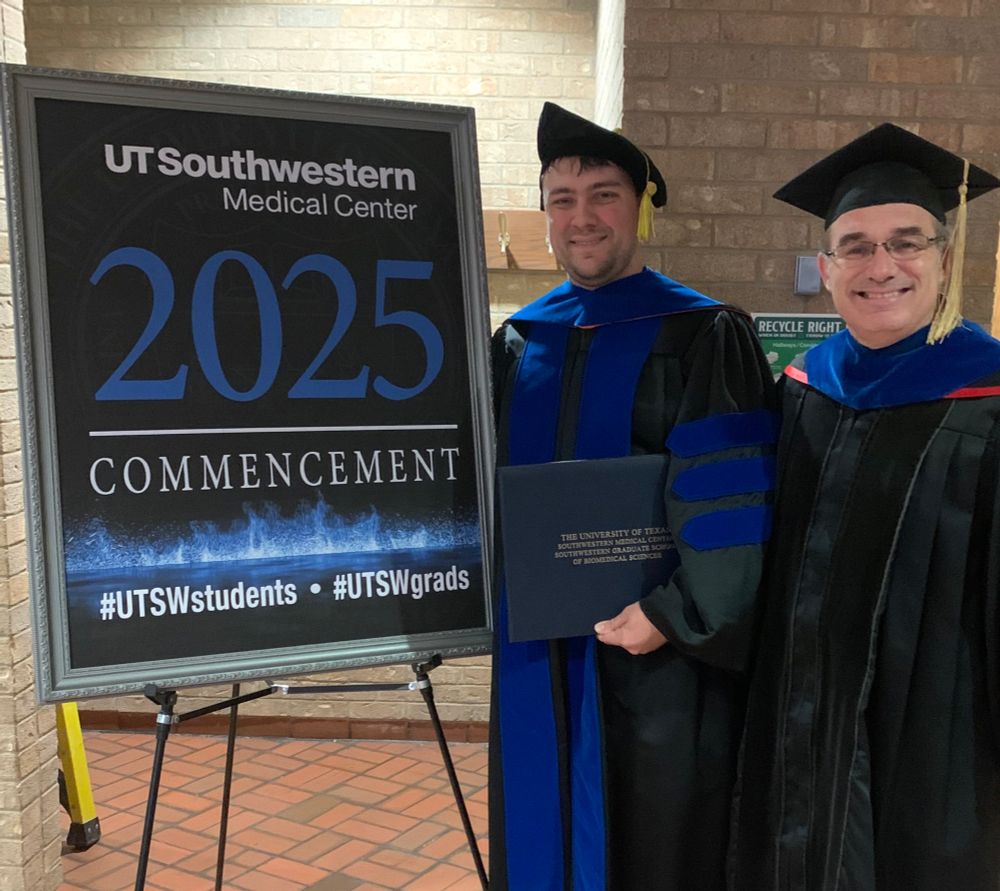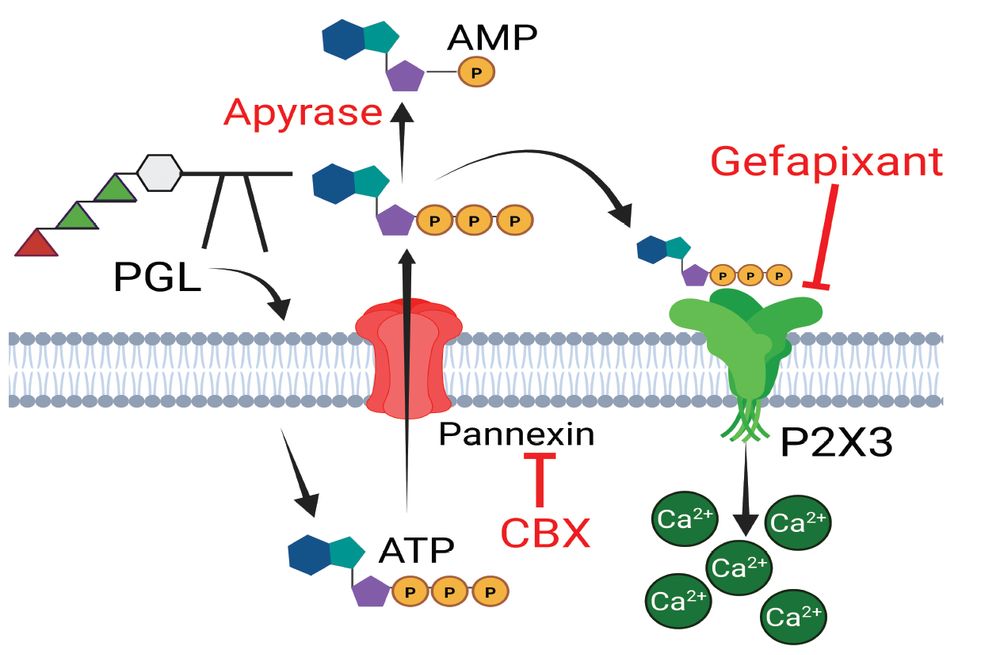Michael Shiloh, MD, PhD
@michaelshiloh.bsky.social
1.1K followers
310 following
70 posts
Physician-scientist at UT Southwestern Medical Center (Infectious Diseases; Immunology; Microbiology; Neuroimmunology). All views my own.
Lab website: https://labs.utsouthwestern.edu/shiloh-lab
Posts
Media
Videos
Starter Packs
Reposted by Michael Shiloh, MD, PhD
Matthew Lawrenz
@lawrenzlab.bsky.social
· Aug 17

Assistant/Associate Professor, Microbiology and Molecular Genetics - McGovern Medical School in Texas, United States | Faculty & Physicians at UTHealth Houston
Apply for Assistant/Associate Professor, Microbiology and Molecular Genetics - McGovern Medical School job with UTHealth Houston in Texas, United States. Faculty & Physicians at UTHealth Houston
careers.uth.tmc.edu
Reposted by Michael Shiloh, MD, PhD
Linsey Marr
@linseymarr.bsky.social
· Jul 18
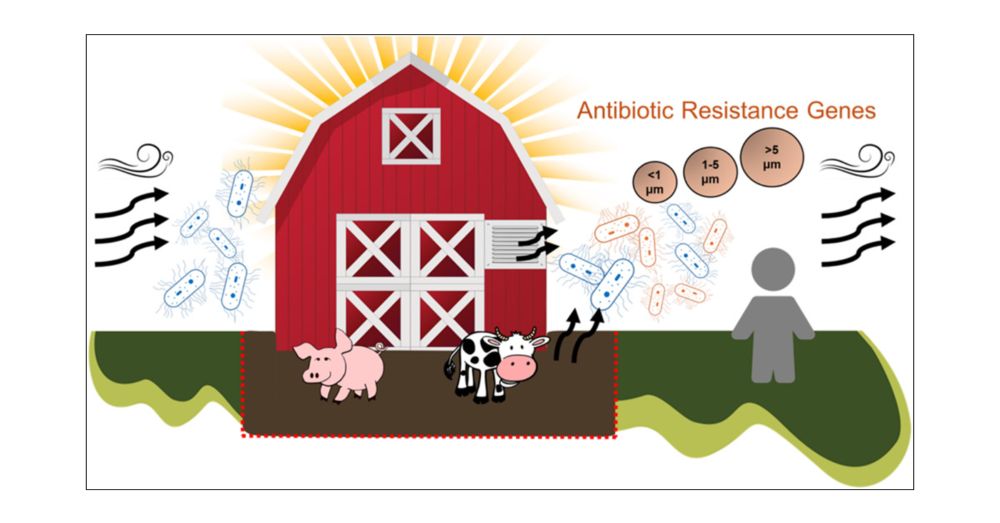
Quantifying Dissemination of Antibiotic Resistance Genes in Air from a Dairy Farm and Swine Farm
Farms are a suspected source of dissemination of antibiotic resistance genes (ARGs) to the atmosphere, but their contribution remains poorly quantified. This study investigated the concentrations, emi...
pubs.acs.org
